7. The Bow (2005)
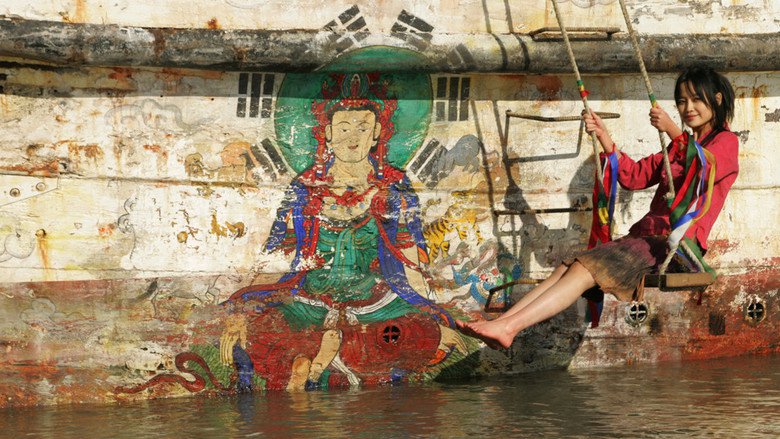
For 10 years, a 16-year old girl and an old man have been living on a boat anchored in the open sea that serves as a fishing spot for amateurs. The girl is beautiful and kind and frequently excites the visitors. The old man, however, is always quick to “kill” any thoughts they have, with his bow. Furthermore, the old man has promised her that he will marry her on her 17th birthday. His plans fall apart when a team of fishermen, including a young student, visits the boat.
Kim directs a minimalist film that takes place solely on the boat, but at the same time is filled with allegory and meaningfulness. Surrealism permeates the film, with the concept of the girl who predicts fortunes as she swings in front of the Buddha image on the side of the boat, while the old man is shooting three arrows at her, being the zenith of this tendency, along with the film’s ending.
Jeon Seong-hwang as the old man and Han Yeo-reum as the girl give magnificent performances, despite the laconic nature of their roles.
6. Bad Guy (2001)
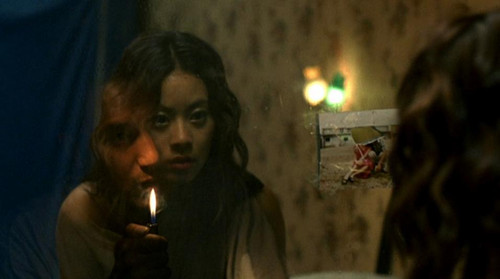
Han-ki, a pimp who never speaks, stumbles upon Sun-hwa, a student, in the street and decides to kiss her. Expectantly, and after her boyfriend’s failed attempts to make him go away, a group of soldiers that have been watching the events beat him up until he stops resisting, and the girls spits and curses him before she leaves.
The enraged Han-ki, however, manages to entrap her with the help of his associate, in a series of events that end up with her working as a prostitute in order to pay for the money they accuse her of stealing. During the times she is having sex with her clients, Han-ki watches her through a double mirror in the next room.
Kim’s style finds one of its apogees in this film, with the graphic depiction of violence, the extreme sex scenes, the scarce dialogues, the surrealism, and the unexpected finale. In his own extreme way, Kim presents an allegory on the differences of the classes, with Han-ki representing the poor and marginalized, and Sun-hwa the spoiled bourgeoisie.
Furthermore, he makes a comment about the inhumane turn love can take. Han-ki, both as a conception and regarding Jo Jae-hyun’s performance, is the highlight of the film, along with the script.
5. The Isle (2000)
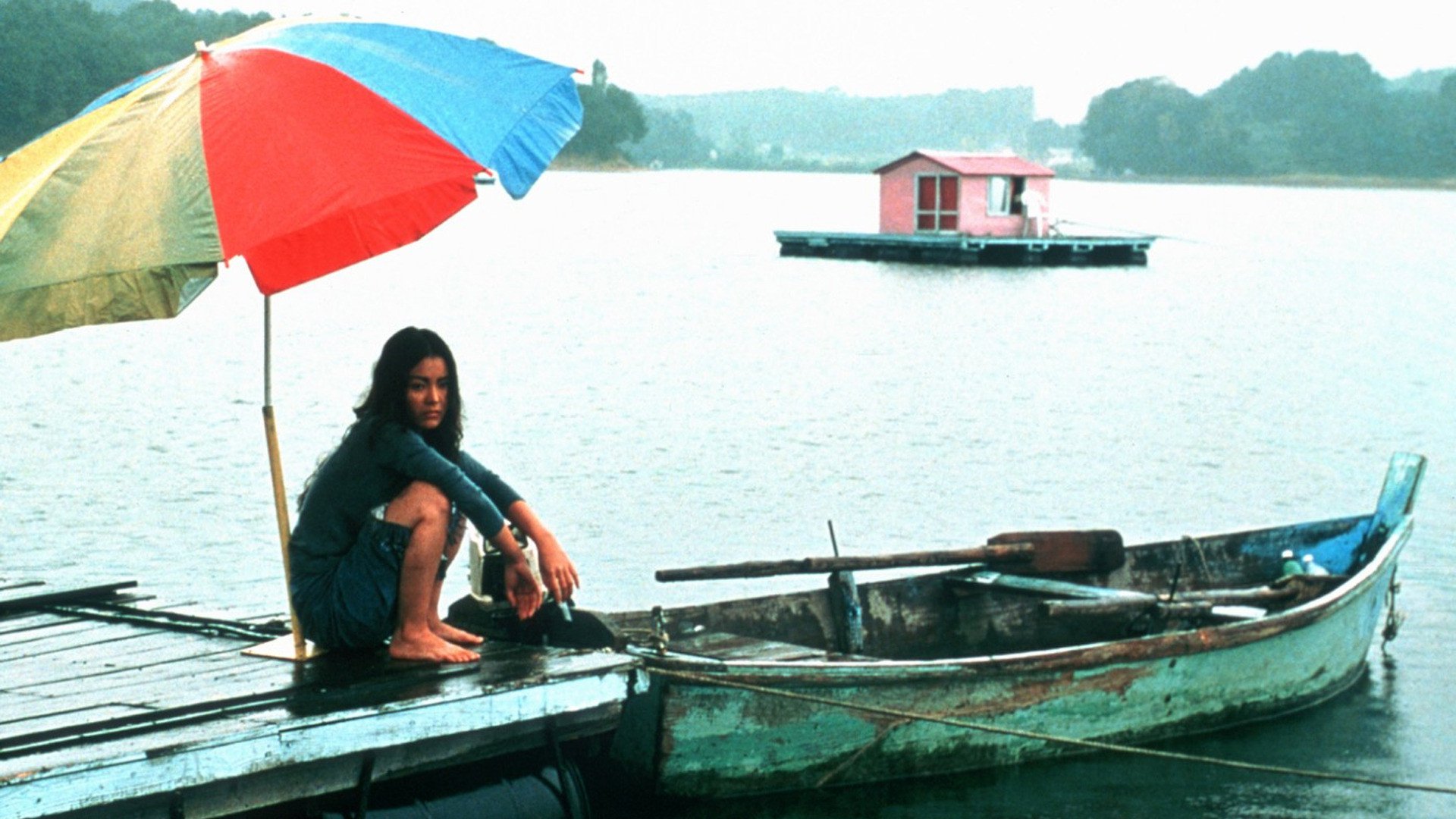
Hee Jin is a young woman who rents floating platforms to anglers in a lake. Additionally, she provides them with prostitutes if they ask, and she occasionally prostitutes herself. Her life is miserable though calm, until Hyun Shik arrives, an unusual renter who seems to have issues with the police. Nevertheless, the two of them strike a peculiar love affair, tortured by egoism, fatal accidents, and a ferociousness that leads to extreme measures by both of them.
Here, Kim presents an ode to antithesis. The splendid scenery at the lake in contrast to the mundane life of the anglers; the wealth of the entrepreneur who finds the body in contrast to the couple’s poorness; the anger of both the protagonists in contrast to their unfathomable love; the graphic scenes of self-injury in contrast to the poetic, calm scenery.
His direction is characterized by utmost simplicity, since he has removed any kind of explanatory scenes. His protagonists’ motives are simple in that they are animalistic. They feel lust, jealousy, pain, and fear, and they react accordingly.
The fact is that “Pieta” and “Moebius” are further gruesome altogether. However, “The Isle” incorporates the two foremost grisly scenes in Kim’s filmography; one being the suicide attempts with hooks, and the other being the violent scenes with animals that Kim stated were real.
At its screening at the Sundance Film Festival, a large share of the audience walked out, while at the Venice Film Festival a few even fainted.
4. 3-Iron (2004)
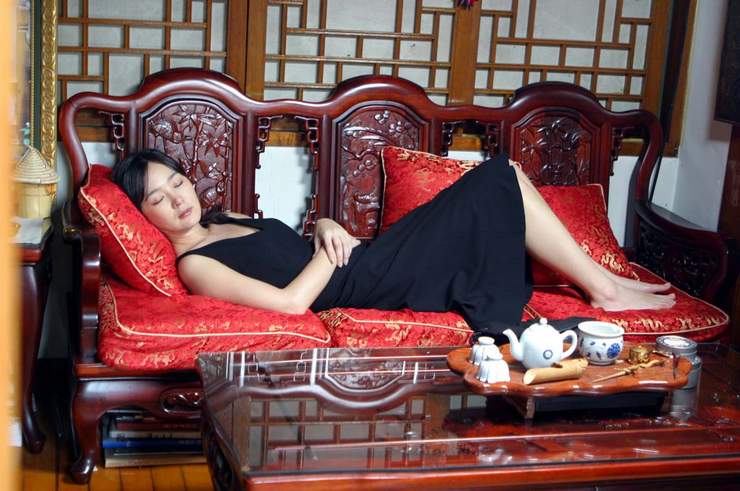
Seemingly homeless, Tae-suk is an urban hermit who spends his life in the apartments of people who are not present at the time. He eats from their refrigerators, takes selfies with their heirlooms, and pays for his stay by fixing broken apparatuses and washing their clothes. Eventually, he reaches Sun hwa’s house and thinks it is empty, due to her husband being away on business. He begins his routine, up until he discovers her beaten.
Subsequently, they decide to leave together and he introduces her to his peculiar way of life. Nevertheless, her husband is not eager to let her leave him.
This is probably Kim’s easiest film to watch, chiefly because he had a large budget in his hands, which he implemented in “furbishing” the production, particularly in contrast to his previous ones that were utterly low budget.
On the other hand, the film gives us a very extreme romance that entails all the characteristics of Kim’s cinema, with the two protagonists hardly uttering a word, and the utterly surrealistic last act, which is the film’s best part.
Lee Hyun-kyoon as Tae-suk and Lee Seung-yeon are magnificent in their silence, while Kwon Hyuk-ho gives an impressive performance as the “evil” husband.
3. Pieta (2012)
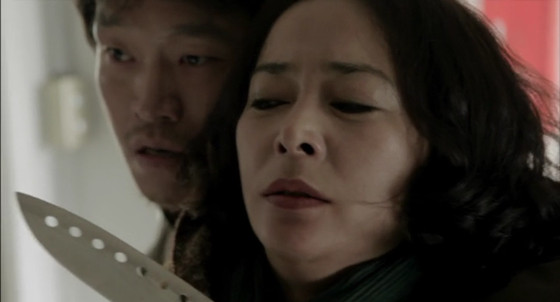
This specific production is Kim’s most celebrated one, netting a plethora of awards from festivals around the world, including the Golden Lion at the Venice Film Festival, and the Best Film in Blue Dragon Awards.
The script unfolds in Cheonggyecheon, a poor neighborhood in the centre of Seoul, which is full of little technical shops and is inhabited chiefly by petit bourgeois owners and workers. In this area lives Kang Do, a violent collector working for a local loan shark. He forces those who owe and cannot handle the payments to self-traumatize (or hurts them himself) in order for him to receive the compensation from their insurance company.
One day while working, he realizes that a middle-aged woman is permanently following him, leaving him meals in his house and even helping him with his victims. Eventually he discovers that the woman is actually his long-lost mother, who abandoned him when he was little, an action that shaped him as a person. Kang Do initially reacts violently towards her; however, gradually he becomes accustomed to Mi Son’s presence, a tactic that results in a number of sick occurrences.
Kim’s most commercial work is, however, as onerous as the rest of his filmography, a fact stressed by the usage of digital camera that makes the violent scenes seem even more realistic, virtually documentary-like. The standard message residing in the majority of Kim’s works also appears here: the world we live in is ugly and evil, and people are either monsters or victims.
Lee Jung Jin as Kang Do and Jo Min Su as Mi Son both astonish in their parts, sublimely presenting an onerous, Oedipal relationship.
Kim’s purpose was to shock the audience, a tactic that paid off since “Pieta” drew strong reactions from fans and critics all over the world, due to its themes and graphic depiction of violence.
2. Moebius (2013)
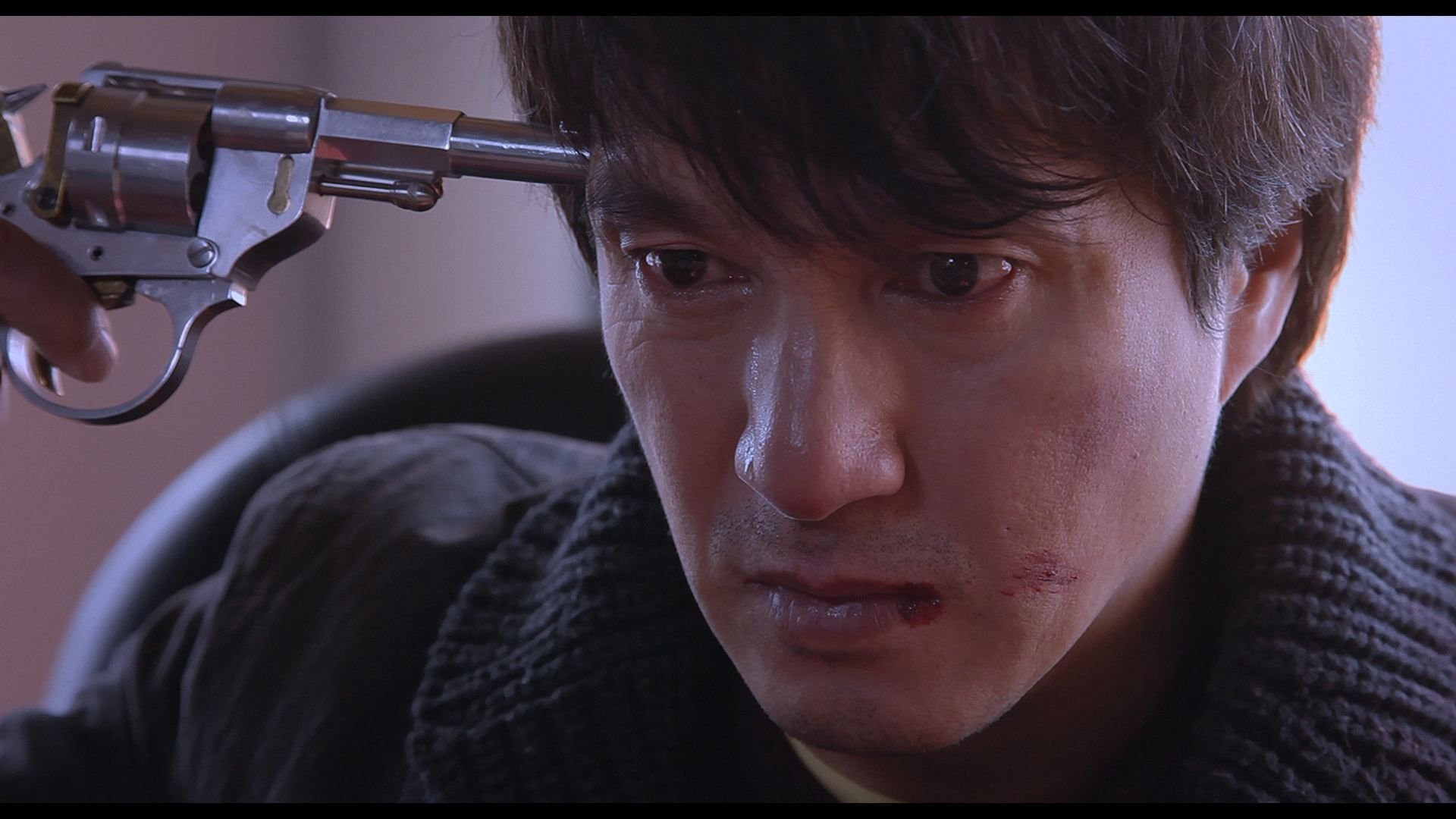
Kim’s most hideous production was so grotesque that the Korean Media Rating Board initially banned it completely before the director cut a number of scenes.
A spouse discovers her husband is having an affair and in order to reciprocate, she decides to castrate their only son and even eats the severed member before she runs away. The shamefaced father thus starts spending his time inquiring about penis transplants on the Internet, while the son, who is being bullied for his situation, ends up participating in a gangbang rape of his father’s former mistress.
Kim’s obvious purpose was to shock his audience and he definitely succeeded in doing so. Almost every onerous notion is present in “Moebius”, including self-torture, misogyny, and Oedipal inclinations. Adding to the sense of perversion erupting from the movie is the almost complete absence of dialogue, a tactic meant to force the spectator into focusing on the images.
1. Spring, Summer, Fall, Winter… and Spring (2003)
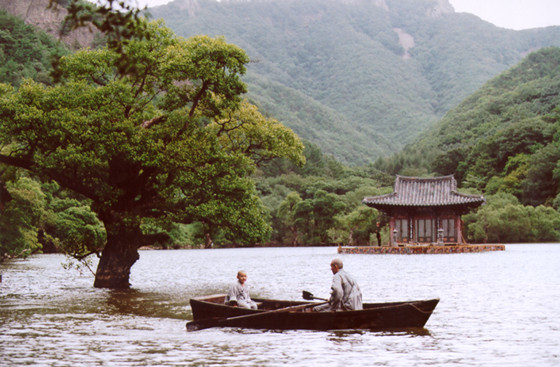
The film features a simple story. A monk and his disciple are living together tending a secluded Buddhist temple on a lake. The student eventually abandons his teacher to follow a woman. After some years, he returns to the temple with the police on his heels. They arrest him. The monk dies. The disciple returns and reinvigorates the temple. A woman comes to the temple and leaves her baby there. The cycle starts anew. Each phase in the story is presented through a different season as described in the title.
Kim presents the Buddhist concept that physical and mental violence can be toned down through meditation that leads to enlightenment. The violence and the pessimism that define most of his films are nowhere to be found here, with Kim focusing on the beauty of life and the significance of Buddhism.
The film features magnificent scenes of natural scenery, which transform as the seasons pass, in one of Baek Dong-hyun’s best works. In particular, the lake is depicted in all its glory through the seasons, with the ones during the winter, when it becomes frozen, standing apart.
The sequences where Kim, who actually plays the adult monk, is training in martial arts on the icy water, are probably the most beautiful in the film.
Author Bio: Panos Kotzathanasis is a film critic who focuses on the cinema of East Asia. He enjoys films from all genres, although he is a big fan of exploitation. You can follow him on Facebook or Twitter.